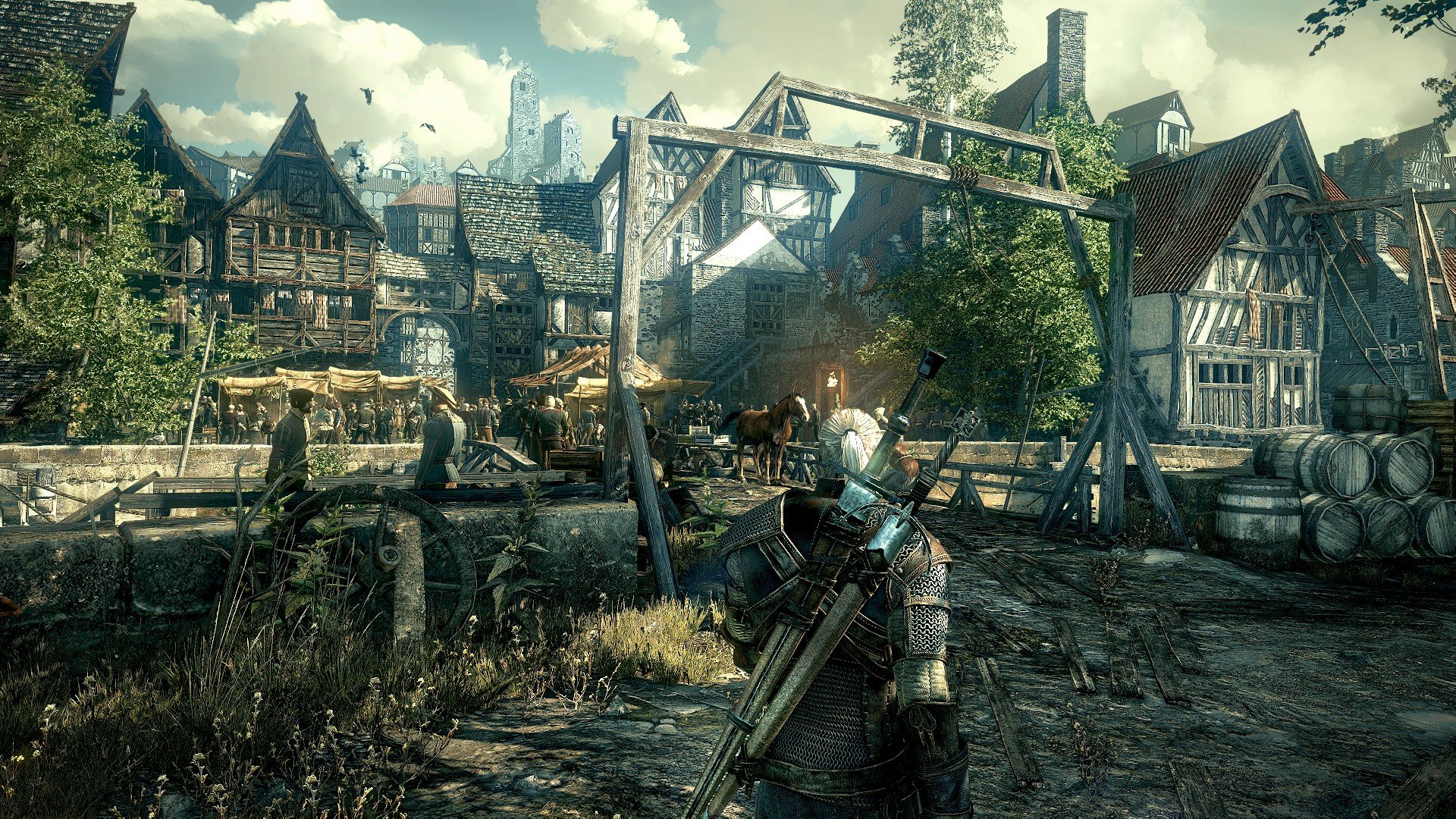A war of words broke out earlier this week as the Internet decided (again) that Nvidia's GameWorks technology was messing with the performance of games running on AMD hardware.
GameWorks is a collection of propriety technologies and APIs that Nvidia offers to developers so they can include tricky effects like realistic hair, shadows, and destruction in games without having to create them from scratch. But GameWorks' capabilities are necessarily Nvidia-optimized; such code may perform poorly on AMD GPUs. The situation has led vocal gamers to allege that Nvidia is playing dirty, paying developers to ensure that code doesn't run well on non-Nvidia systems. Nvidia has denied the claims on several occasions, but they continue to be made.
First, it was shiny new racing sim Project Cars that drew the ire of the Reddit community, with users claiming that the game is built on a version of PhysX that "simply does not work on AMD cards." (PhysX is a part of GameWorks.) Never one to turn away from a good Nvidia-bashing, AMD's corporate VP of alliances Roy Taylor responded with a tweet saying, "Thank for supporting/ wanting an open and fair PC gaming industry."
This was swiftly followed by a Reddit reply from Nvidia's GameWorks director Rev Lebaredian saying, "PhysX within Project Cars does not offload any computation to the GPU on any platform, including Nvidia. I'm not sure how the OP [original post] came to the conclusion that it does, but this has never been claimed by the developer or us; nor is there any technical proof offered in this thread that shows this is the case."
With the complaints flowing in thick and fast, Project Cars developer Slightly Mad Studios joined the fray and proceeded to place the blame for the game's issues squarely on AMD.





 Loading comments...
Loading comments...
